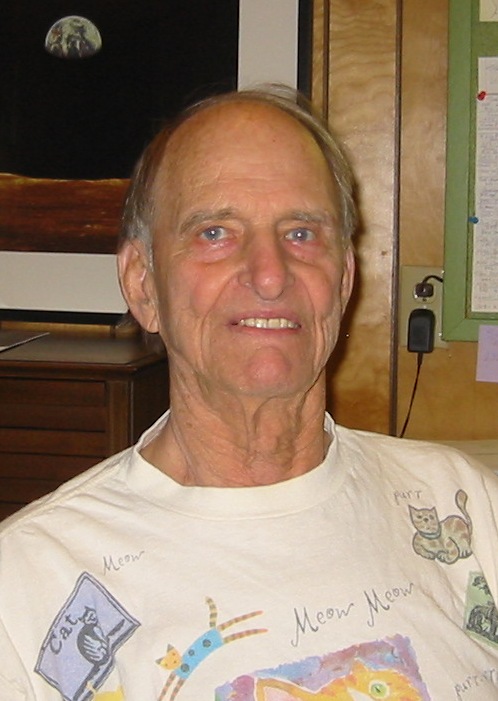Year: 2015 Pages: 4
This paper is based on an analysis of chapters XI and XII in the 15th edition of Einstein's book, "Rela-tivity, The Special And The General Theory", published in 1952 a few years before his death. The first part of it deals with an account of his derivation of the Lorentz space and time equations from a railroad thought experiment of his. He then uses them to derive two more equations that give the magnitudes of space shrinkage in a metre rod and time expansion in a ticking clock when they are put into motion. A rig-orous analysis of his line of argument in this part of the book reveals a number of problems and flaws in it. In several places he seems to be just plain wrong. For example, he wrote that he was going to use both Lo-rentz equations to get his own final time slowing equation, but I could not find any way he could make this happen mathematically.
The second part of the paper deals with the question of why Einstein was so insistent that relativistic time slowing could happen in wind-up clocks when he was never able to give a physical cause for it. I then close with a suggestion for a cause that is based on Richard Feynman's relativistic mass increase equation he derived in Volume I of his "Lectures On Physics".


